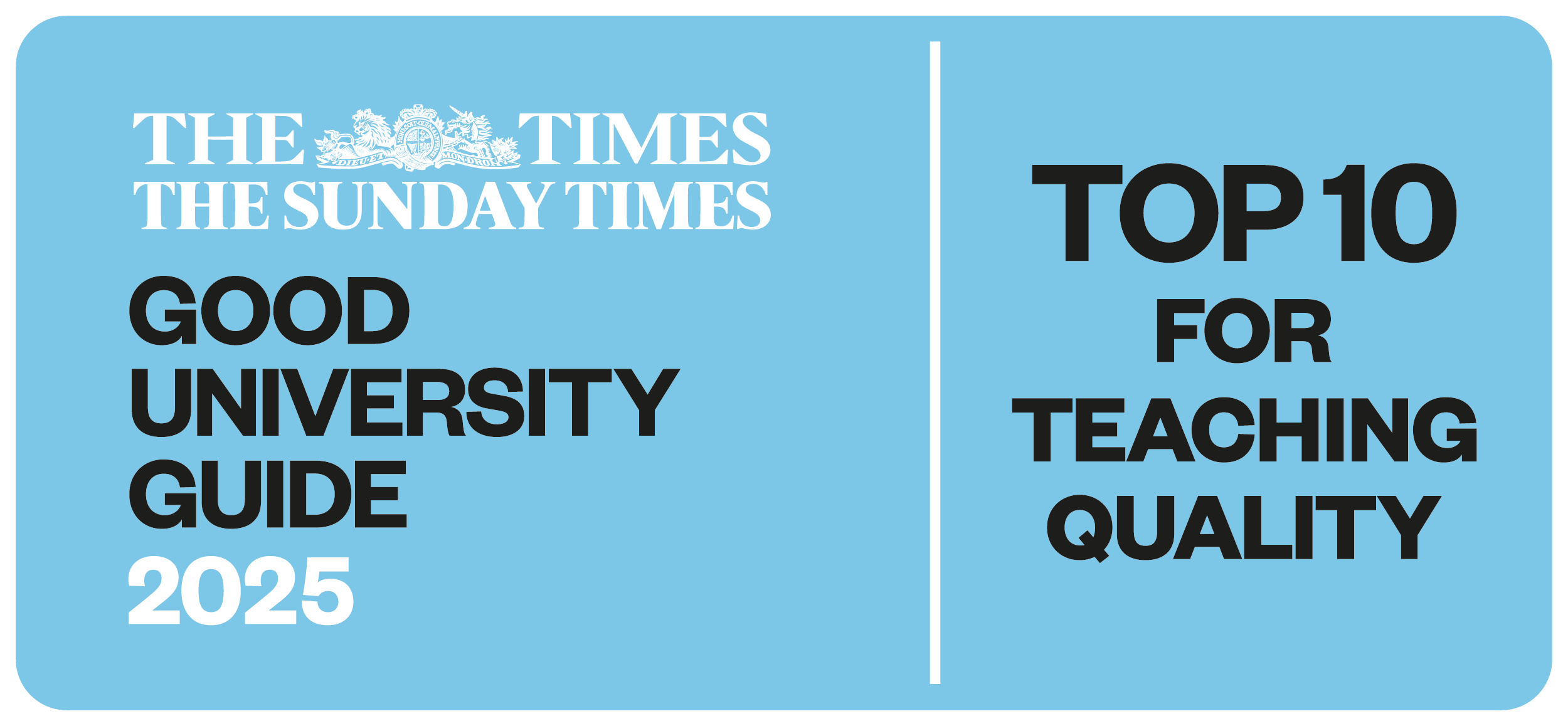Students in Hartpury College’s animal department have been exploring different UK ecosystems as part of their Wildlife Ecology and Conservation module with a number of Level 3 Extended Diploma in Animal Management students opting to study wetlands as part of their UK ecosystem assignment.
This is an area of interest for our Hartpury University students, too. Last year, six degree students took part in a competition assignment, resulting in their informative posters going on display at Slimbridge Wetland Wildlife Trust. The posters aimed to inform and educate visitors about the behaviour of wading birds. The students carried out the assignment as part of the Behavioural Ecology module, a requirement of Hartpury’s BSc (Hons) Zoology and BSc (Hons) Animal Behaviour and Welfare. Students on these courses can take part in field work experiences in the UK and internationally, experiencing wildlife, conservation, biodiversity and native species.
As it’s World Wetlands Day, it only seems appropriate to share some facts about this important habitat. Bobbie Hemmings, Lecturer in Animal Management at Hartpury College was on hand to help us out.
What is a wetland?
They are an ever-changing wet landscape that is adapted to cope with seasonal changes. The land can either be permanently submerged within water or temporarily dependent on the season. The land is highly specialised to store large amounts of water, which naturally attracts a diverse variety of life.
Are there wetlands in Gloucestershire?
Yes! There are many within the Gloucestershire region that are connected, making safe routes for species to move in between. Some of the wetland habitats below are accessible to the public and make great days out for wildlife lovers. Our students get the chance to visit a number of these locations as part of their course.
Local Gloucestershire wetlands include:
- Coombe Hill Nature Reserve (Cheltenham)
- Slimbridge Wetland Reserve
- Plock Court Wetland Nature Reserve (Gloucester)
- Prestwick Wetlands (Quedgeley)
What species live within wetlands?
40% of UK species will inhabit and carry out their life in wetland habitats.
Animals
- European Water Vole
- Eurasian Otter
- Natterjack Toad
- Dragonflies
- Great Crested Newts
- Curlew
- Bats
Plants
Plants that are adapted to wetland life are called ‘hydrophytes’.
- Cattails
- Bulrushes
- Willow
- Water lilies
- Water Horsetail
What threats do they face?
- Land clearance for new architectural developments – this destroys the homes and breeding grounds for all wetland species.
- Climate change – increases in extreme weather disrupts the functioning of a wetland. For example, high temperatures cause these habitats to dry out.
- Pollution – the leaking of agricultural pesticides or chemical spills leads to fatalities for species that inhabit this environment.
Why are they important?
- Wetlands protect us
- Due to their ability to store water, they help to protect us from severe flooding.
- They are home to 40% of our species
- Without wetlands, we would not have nearly half the species we have inhabiting the UK today.
- Increase water quality
- Due to the sediment that lines the banks of wetlands, they act as water filters helping to purify water. This increases the quality of groundwater.
How you can help
To find out more, please see the WWT website below for easy ways to help our wetland habitats
Five things you can do to help wetlands | WWT
Study at Hartpury
Whether you’re thinking of a college or university qualification in an animal subject, Hartpury is a great place to start. Hartpury is home to an animal collection with over 70 species, research laboratories, access to a commercial farm and equine centre, providing students with a chance to gain work experience and a better understanding of animal welfare, behaviour and management. Our lecturers bring a wealth of experience reflected in our top 6 position in the UK for Teaching Quality (The Times and The Sunday Times Good University Guide 2023), and our graduates enjoy high employability (97% in the Graduate Outcomes Survey 2022).
Our college courses in animal care, science, and management will give you the theoretical and hands-on experience to make a difference to the lives of animals.
Our students have gone on to complete animal science with therapy, human-animal interaction, , animal behaviour and welfare, zoology, and bioveterinary degrees at Hartpury University or other institutions.
We even provide opportunities for students to progress to postgraduate research programmes including MRes Anthrozoology and MRes Animal Science. This allows you to potentially influence global practice by carrying out industry research projects.









